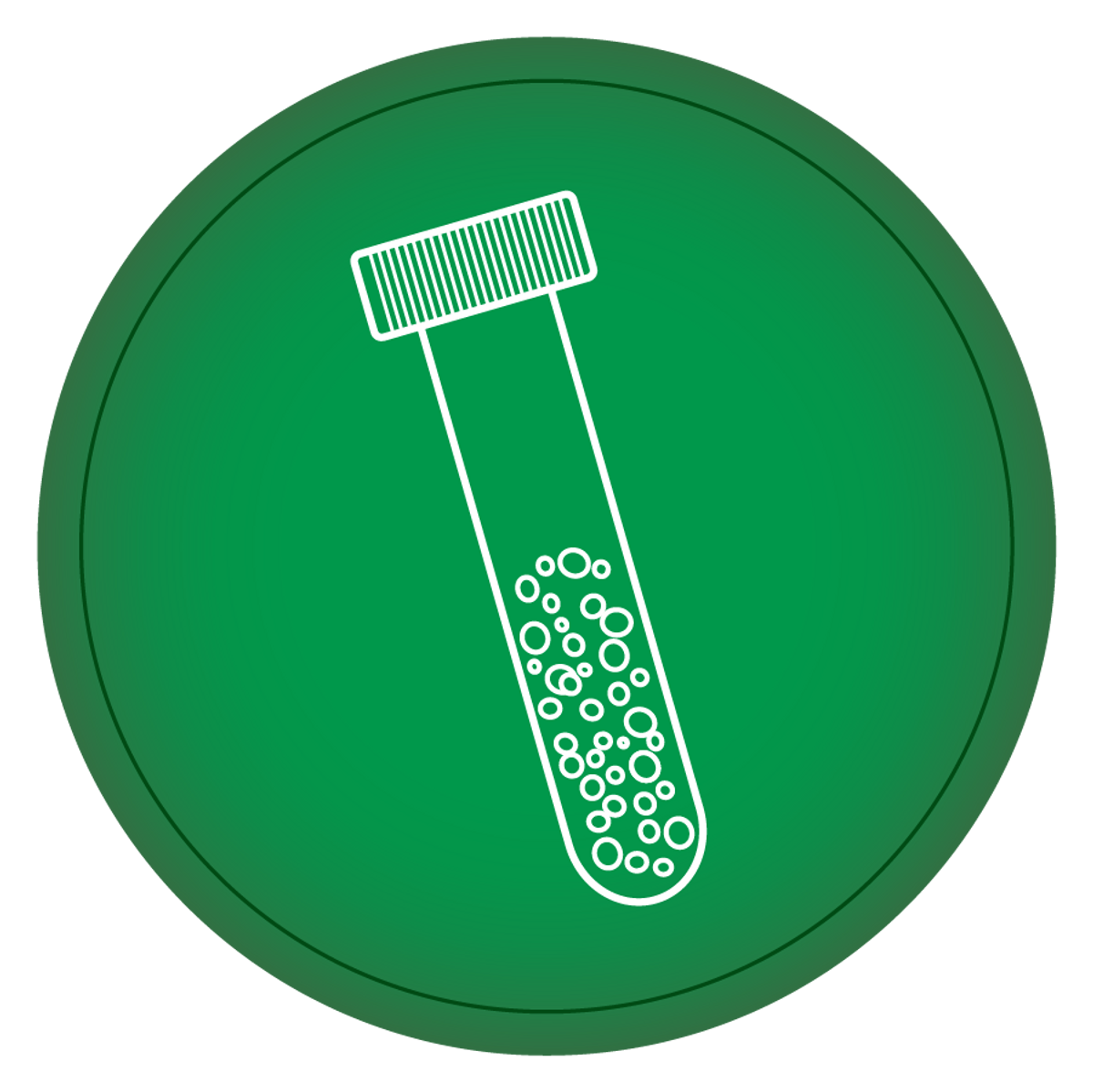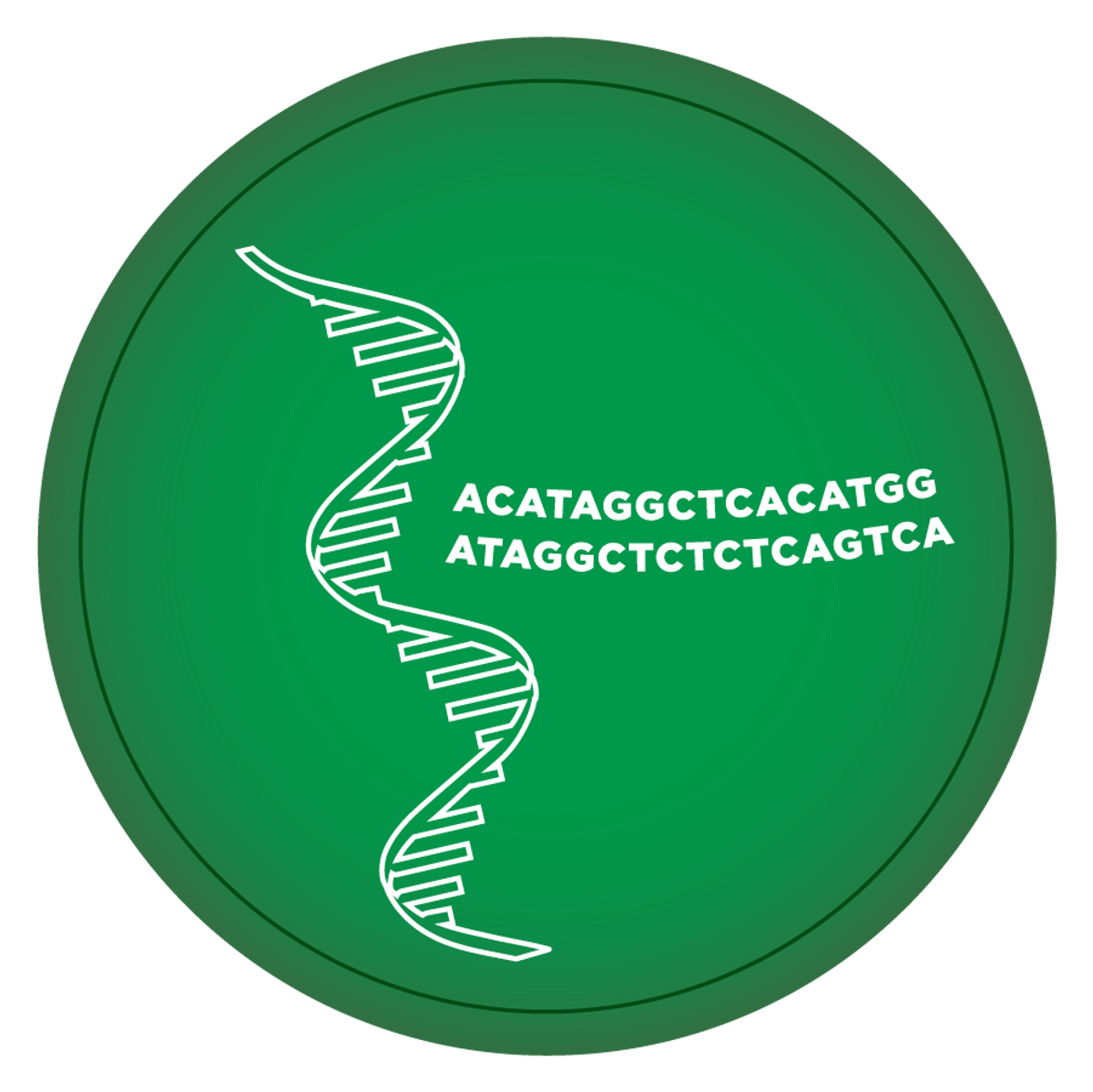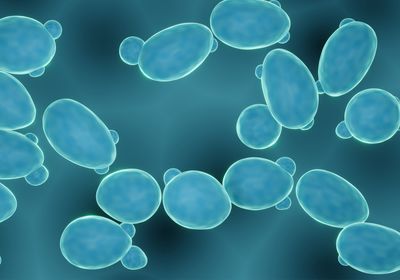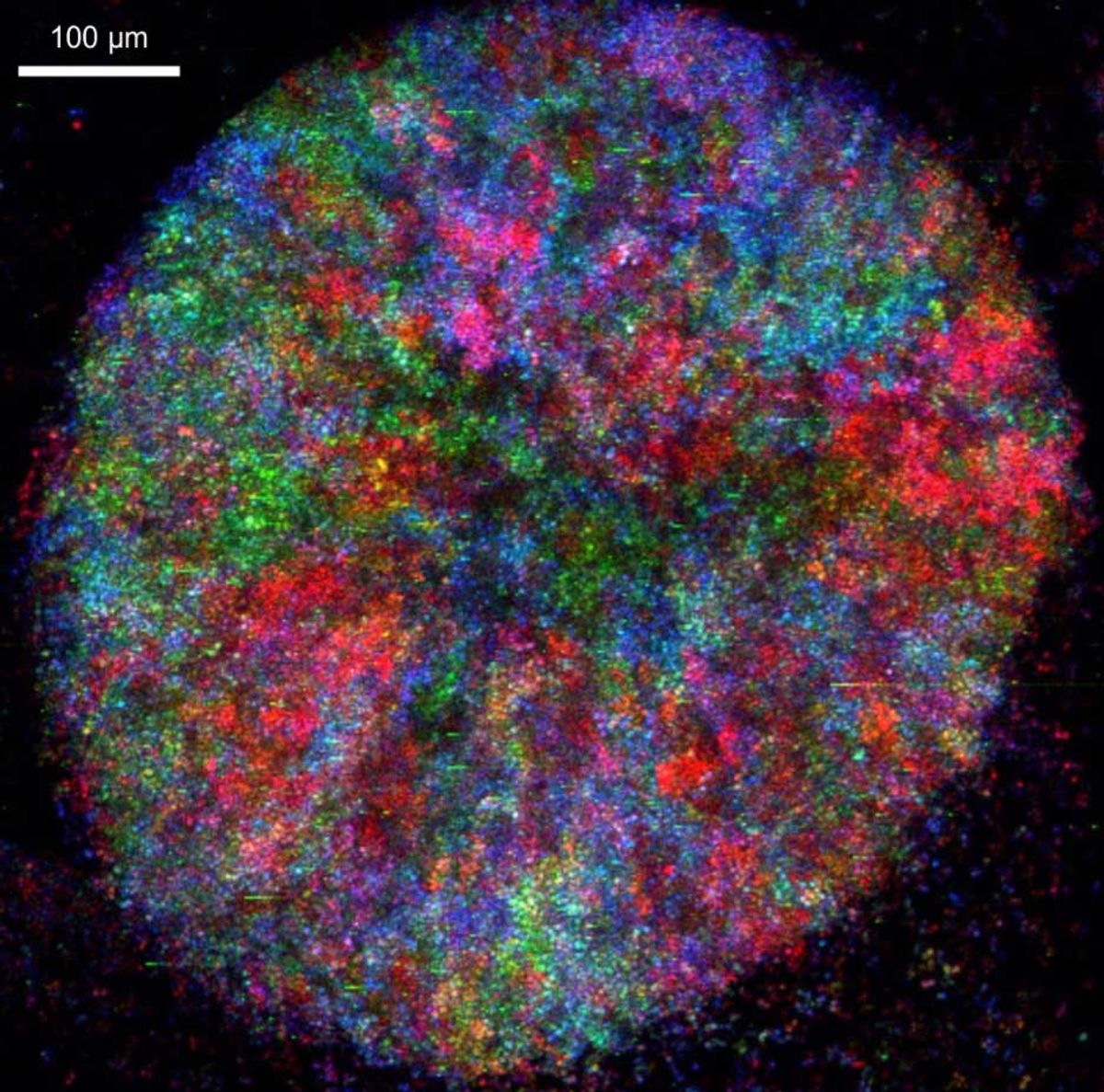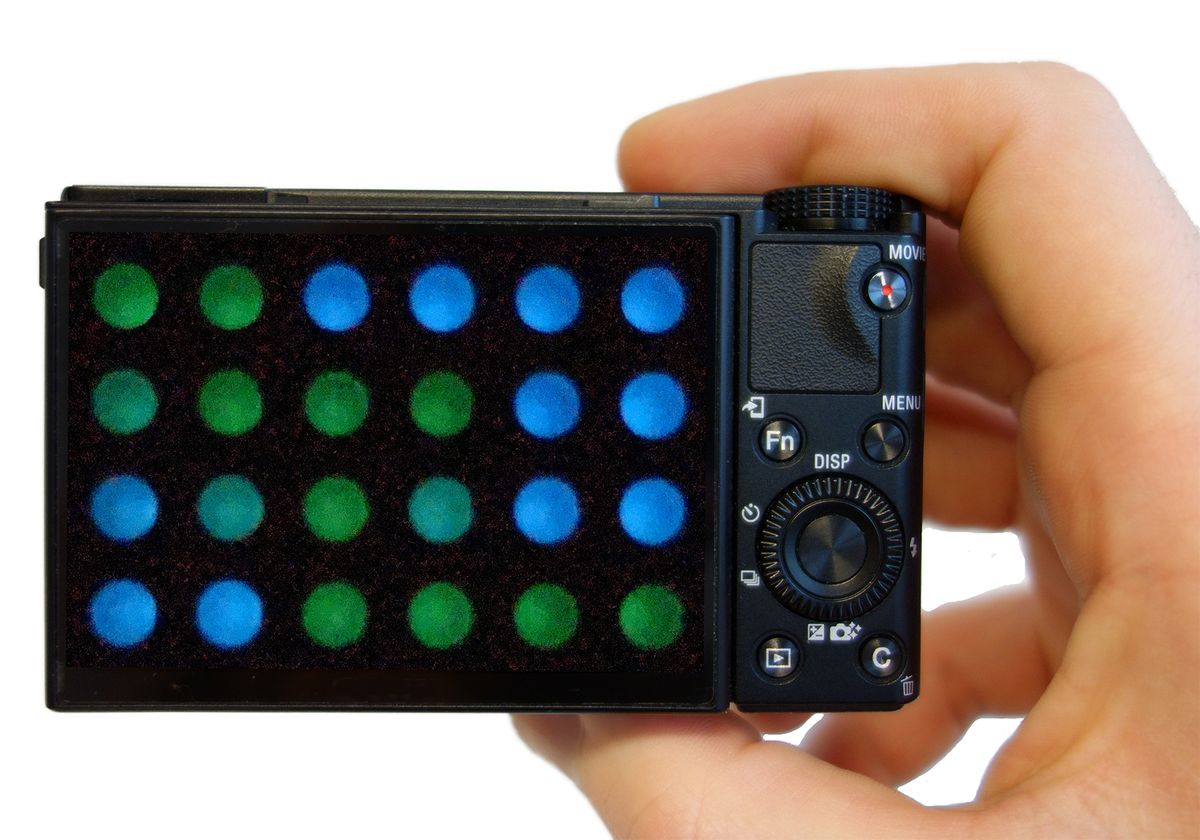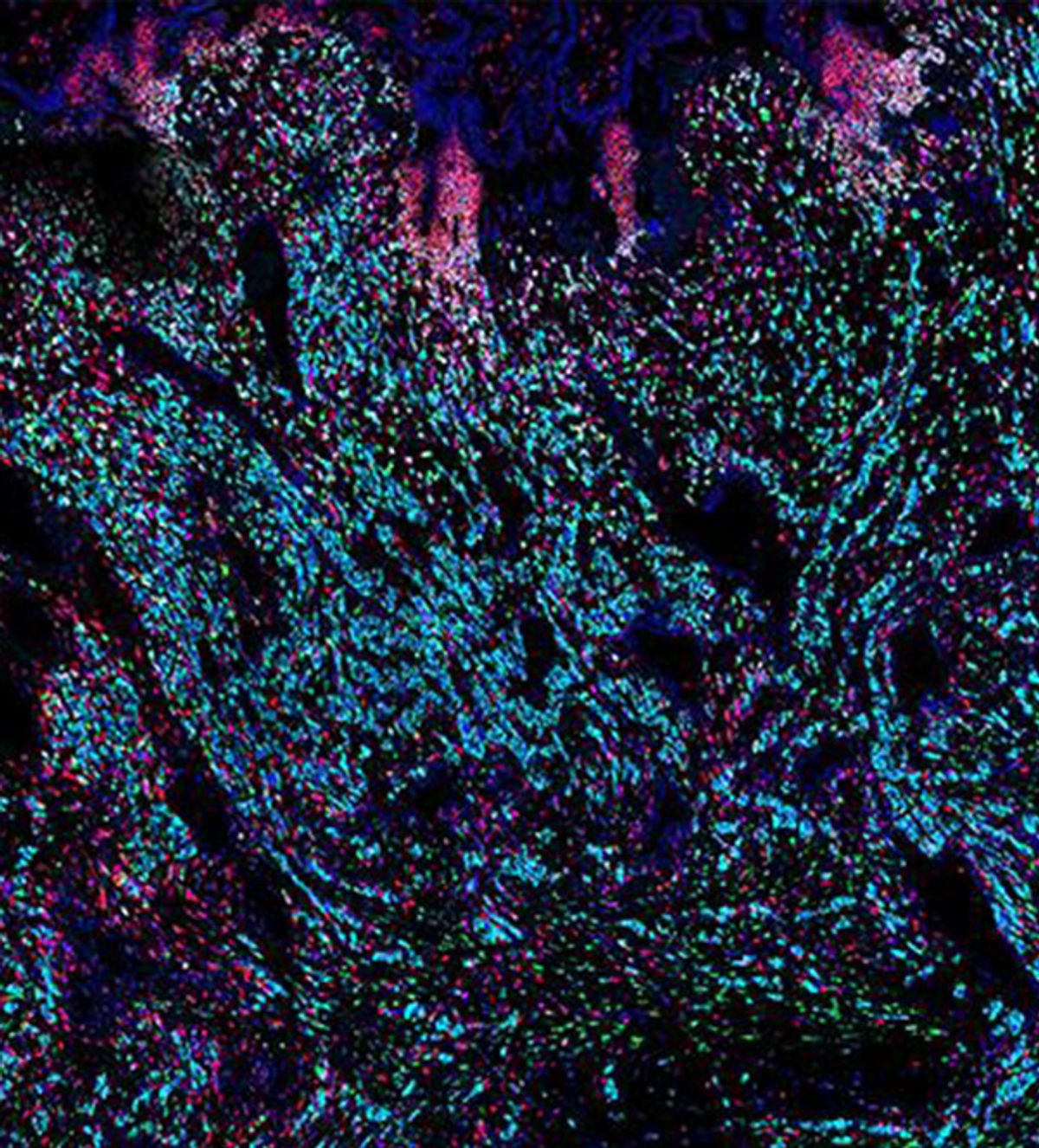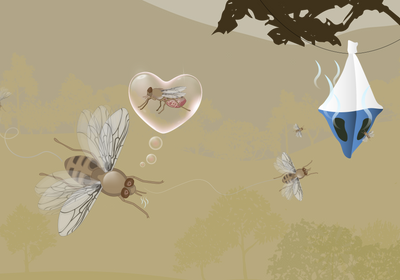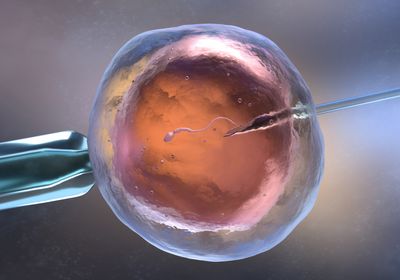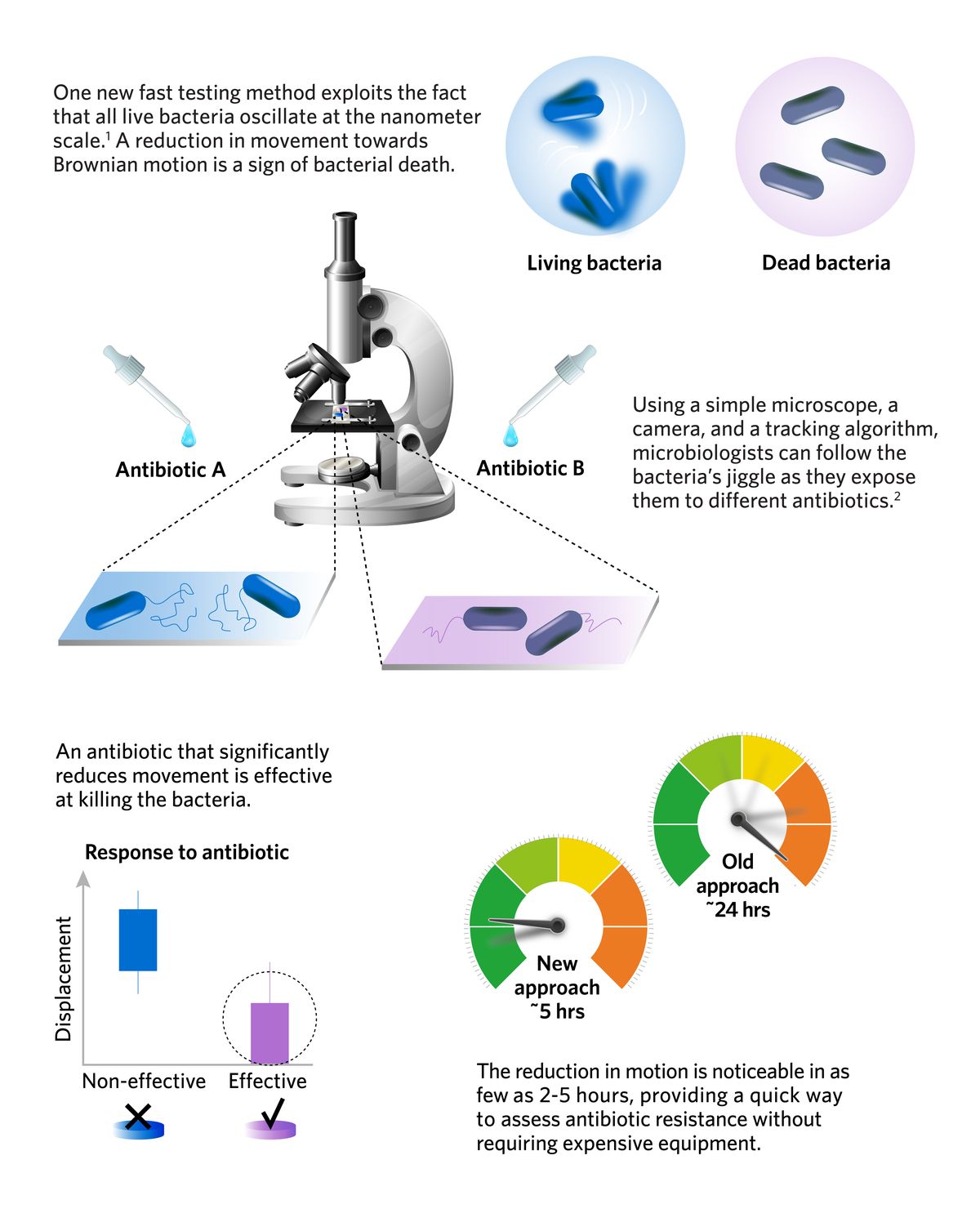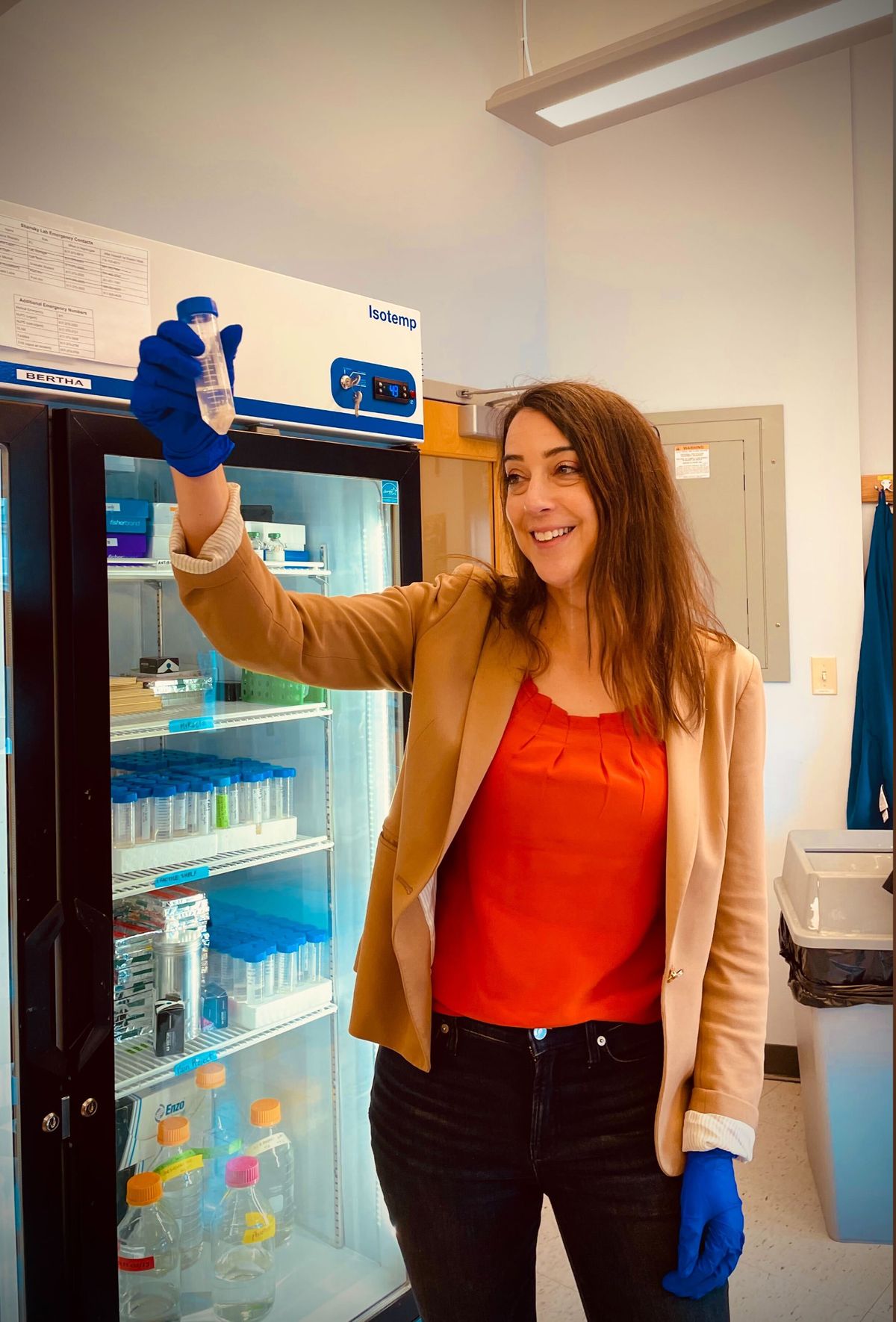Hello World: The New TS Digest is Here
Our latest offering is the perfect bite-sized digital content fix for your fast-science craving.
A three-egg omelet with a side of hash browns and a thick stack of syrup-laden pancakes sat on the table in front of me. I stared, worried about how I would get through this “regular portion” breakfast that the nation adored during my first visit to a popular US diner 10 years ago. A hearty meal that provides maximum value for the money makes sense, yet a paradoxical food trend is on the rise today.

Acclaimed restaurants have popularized the concept of a tasting menu: an exquisite, multi-course meal comprised of a variety of small-portioned dishes. The chef carefully crafts the menu to ensure that each course, although barely a few morsels, bursts with unique flavors and delights the consumer.
Why do food connoisseurs chase tasting menus despite the exorbitant prices? To feel special. Knowing that a skilled expert put thought into creating the highest quality product with their satisfaction in mind makes for a coveted experience.
Our new interactive TS Digest is the literary equivalent of a fine dining tasting menu. We have created bite-sized content pieces in diverse formats, crafted with the convenience of the reader in mind. You can now quickly browse a brief news story, play a video clip, solve a crossword puzzle, or peruse an infographic—all during your short coffee break.
In this first edition, our team of creative writers has compiled an excellent selection of scientific content, bound to enthrall the readers. Danielle’s fly pheromone story will attract your attention; Mariella’s neuroscientist interview will spark your brain cells; and Emilie’s bacterial nanomotion infographic will transfix you.
In this digital age of unlimited possibilities and limited time, the TS Digest offers respite for those craving quality science stories in an easy-to-browse online format. Contrary to the fine dining world, here, exceptional does not mean exclusive and expensive. True to our mission to provide concise, accurate, and accessible stories, the TS Digest is freely available to everyone. There is no free lunch, but there are free snacks for thought.
I hope you enjoy this product of our passion and hard work. We look forward to your feedback.







